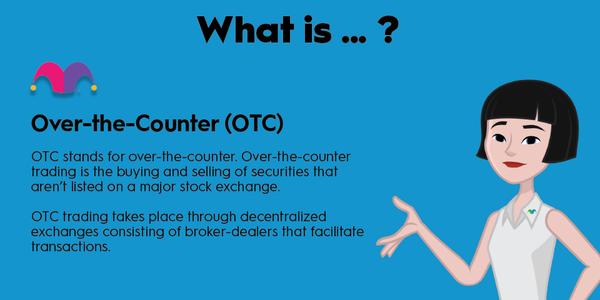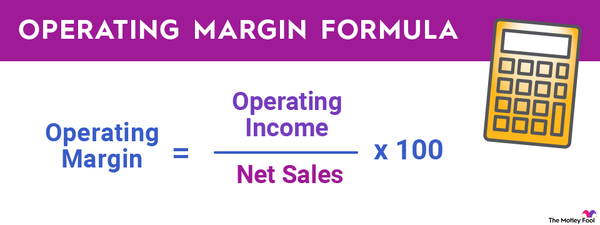Ordinary income is any income taxed at ordinary income rates. There are multiple sources of ordinary income. The tax code specifically excludes long-term capital gains and qualified dividends from ordinary income, but most other sources are included.

What is ordinary income?
What is ordinary income?
Ordinary income can apply to personal income or business income. For personal income, ordinary income includes compensation from employment, like wages, tips, bonuses, and commissions. It also includes self-employment income or rental income. And if you're retired and take distributions from your retirement plan or receive a pension, that's ordinary income, too.
For a business, ordinary income includes the profits earned from selling products and services. It doesn't include gains on the sales of assets, such as real estate or equipment.
Sources of ordinary income
Sources of ordinary income
Most of the income you make is considered ordinary income. Here are some of the most common sources.
- Salary or hourly wages
- Tips
- Sales commissions
- Bonuses
- Interest income from a bank account, certificate of deposit (CD), or bond
- Royalties
- Rental property income
- Retirement plan distributions or pension income
- Business income
- Short-term capital gains (sales on assets held less than one year)
- Ordinary dividends
The difference between ordinary income and unearned income
The difference between ordinary income and unearned income
The big difference between ordinary income and other income, known as unearned income, is how it's taxed. Unearned income comes in the form of long-term capital gains and qualified dividends.
Long-term investors can collect this type of income over time. Since the government wants to encourage long-term investments in businesses and other assets, it provides preferential tax rates on unearned income. Unearned income can be taxed as low as 0%. However, most investors will pay 15% on their long-term capital gains and qualified dividends.
Some high-income households will pay a 20% tax on some or all of their unearned income, and some must pay an additional 3.8% on their net investment income if their adjusted gross income exceeds a certain threshold. Federal taxes on a dollar of unearned income will usually be less than or equal to those on a dollar of ordinary income.
Adjusted Gross Income (AGI)
How is ordinary income taxed?
How is ordinary income taxed?
The U.S. employs a progressive tax system, using marginal tax rates with lower taxes on the first dollar earned rather than the last. Those tax rates and the incomes subject to them are commonly referred to as tax brackets. Here are the 2023 ordinary income tax brackets.
| Tax Rate | Individual | Married Filing Jointly | Head of Household |
|---|---|---|---|
| 10% | $0 to $11,000 | $0 to $22,000 | $0 to $15,700 |
| 12% | $11,001 to $44,725 | $22,0001 to $89,450 | $15,701 to $59,850 |
| 22% | $44,726 to $95,375 | $89,451 to $190,750 | $59,851 to $95,350 |
| 24% | $95,376 to $182,100 | $190,751 to $364,200 | $95,351 to $182,100 |
| 32% | $182,101 to $231,250 | $364,201 to $462,500 | $182,101 to $231,250 |
| 35% | $231,251 to $578,125 | $462,501 to $693,750 | $231,251 to $578,100 |
| 37% | $578,126 and more | $693,751 and more | $578,100 and more |
Importantly, those tax rates apply only to taxable income minus any deductions and exemptions (i.e., your adjusted gross income). You also won't pay a flat tax on your entire income. You'll fill up the lowest tax bracket before filling up the next, and so on.
So if you earned $50,000 of taxable ordinary income in a year as an individual, you'd pay 10% of $11,000, 12% of the next $33,725, and then 22% on the last $5,275 of income. In total, that's a tax liability of $6,307.50. That's equal to an effective tax rate of just 12.6%, much lower than your marginal tax rate of 22%.














